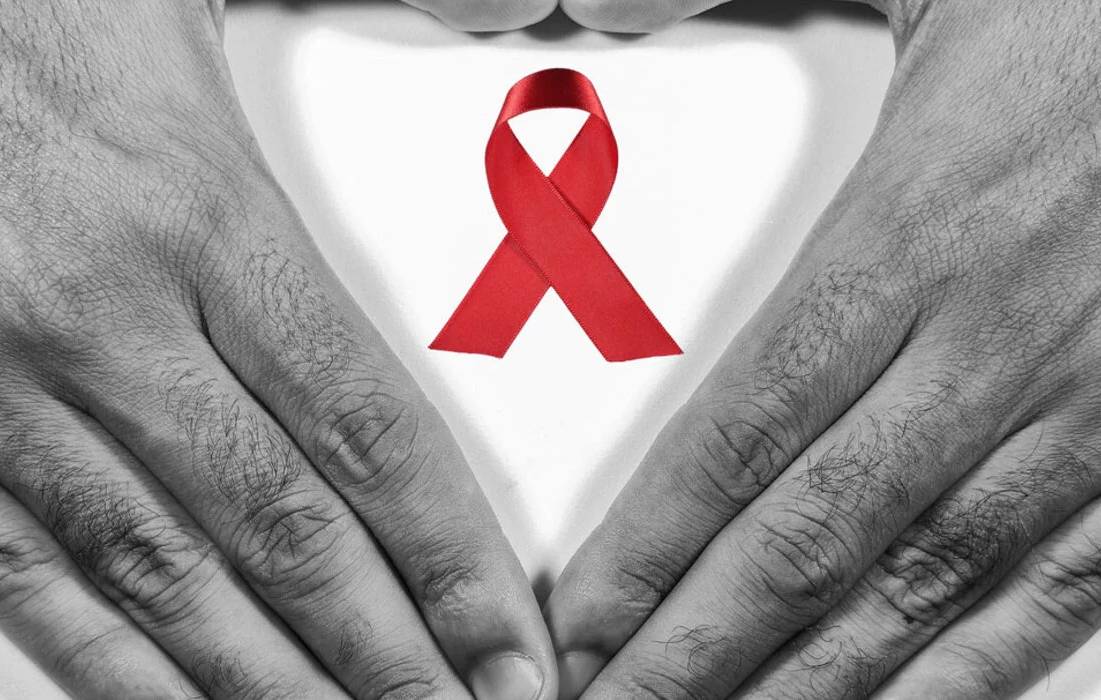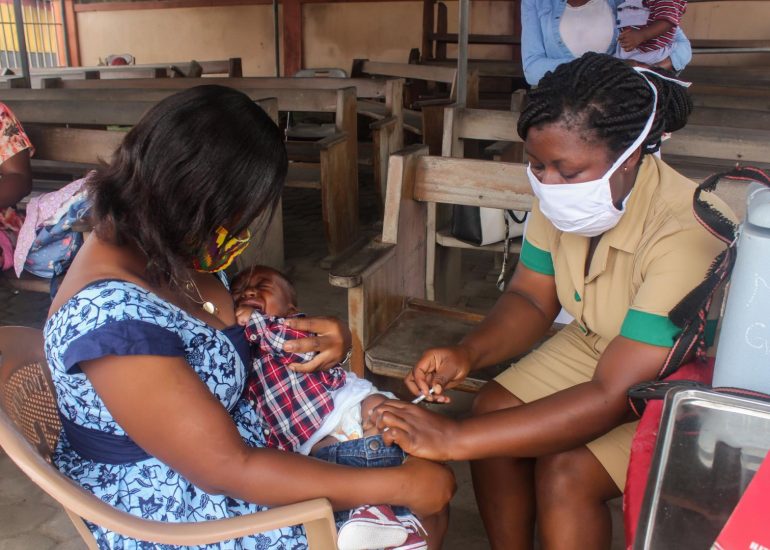NAIROBI, Kenya Dec 20 – The country’s HIV war has received a major boost after the country was elected vice chair of the UNAIDS Programme Coordination Board, putting it firmly on the decision table of the key global decision making agency.
Its means the country will now be in a better place to influence policies and priorities for the local and global HIV response.
It will also help in the establishment of broad policies and priorities for the Joint HIV and AIDS Programme as review and approve HIV and AIDS budgets for each financial period besides approving arrangements for the financing of the joint programmes.
The election was conducted at the high level 51st session of the Board’s meeting that concluded in Chiang Mai in Thailand over the weekend.
Speaking at meeting National Syndemic Diseases Control Council (NSDCC) CEO Ruth Masha thanked the Board members for their confidence in Kenya taking the position of Vice Chairmanship for 2023.
“We particularly thank the African constituency for their support and will continue to rely on their wealth of expertise during this period, underscoring the importance of geographical diversity in decision-making,” Masha said.
She said Kenya’s five-year plan for the HIV response will emphasize the need for sustained gains and bridging the gaps in the HIV response.
Masha maintained that Kenya remains committed to ending AIDS as a public health threat by 2030.
The nomination came just two weeks after the World AIDS Report 2022 revealed that the estimated number of new HIV infections in Kenya increased by more than 2,000 cases in 2021, the first time the country recorded such a rise in 10 years.
The number of reported cases new cases rose from 32,027 in 2020 to 34,540 in 2021, according to the report.
Experts attributed the rise to factors such as sexual and gender-based violence cases, and adolescent pregnancies that significantly contribute to the new HIV cases among these populations.
On a positive note though, the report said the number of people living with HIV and who were on treatment rose from 490,437 in 2012 to more than 1.1 million in 2021.
According to the report, 10 counties, including Nairobi, Kisumu, Homabay, Siaya, Migori, Nakuru, Mombasa, Kakamega, Kisii and Uasin Gishu, accounted for 57% of all the new HIV infections that occurred in 2021.
Additionally, an estimated 52 per cent of all new infections occurred among adolescents and young adults aged 15-29.
The report showed that women and girls continued to bear the brunt of the epidemic with an estimated 70% (20,505) of all new HIV infections that occurred in 2021 being among women and girls.
Among the male population, those aged 20-39 contributed to 76% (6,700) of the 8,874 new HIV infections that occurred among those aged 15 and above.



Thanks for sharing. I read many of your blog posts, cool, your blog is very good.
Can you be more specific about the content of your article? After reading it, I still have some doubts. Hope you can help me.
I don’t think the title of your article matches the content lol. Just kidding, mainly because I had some doubts after reading the article. https://www.binance.info/kz/register-person?ref=RQUR4BEO
Your article helped me a lot, is there any more related content? Thanks!